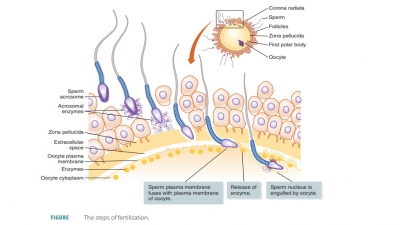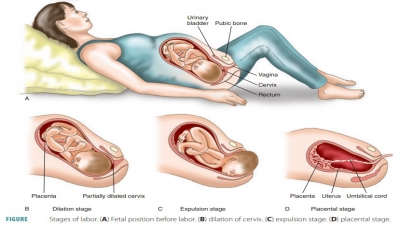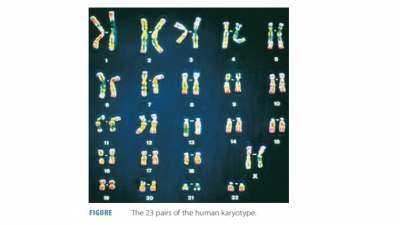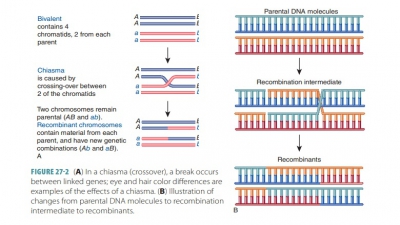Summary
| Home | | Anatomy and Physiology | | Anatomy and Physiology Health Education (APHE) |Chapter: Anatomy and Physiology for Health Professionals: Pregnancy and Development
Pregnancy is the presence of a developing offspring in the uterus. The production of fertilization is a zygote with 46 chromosomes.
Summary
Pregnancy is the presence of a developing offspring in the uterus. The production of fertilization is a zygote with 46 chromosomes. The developing offspring moves down the uterine tube to the uterus, where it implants in the endometrium. The most import-ant hormones involved in pregnancy include hCG, estrogens, progesterone, and relaxin. The embryonic period extends from the beginning of the second week through the eighth week of development. The embryo is encircled almost entirely by the amniotic sac, except for a break that allows passage of the umbilical cord. Embryonic development proceeds from gastrulation, in which the first structures form, through organogenesis, when the organs develop. By the beginning of the eighth week, the embryo is recognizable as human.
The fetal period extends from the end of the eighth week
until birth. Placentation is the formation of the placenta, a temporary
structure that controls production of progesterone and estrogen, beginning
between the second and third months of gestation. The fetus is full term at the
end of 38 weeks. Birth is also known as parturition and involves three stages
of labor: dilation of the cervix, expulsion of the fetus, and placental birth.
During postnatal development, the mammary glands of the mother begin to secrete milk. The neonatal period extends from birth to the end of the fourth week. The newborn’s respiratory and diges-tive systems are the least well developed of all body systems. In regards to human development, growth is defined as an increase in size. Development is the process of changing from one life phase to another. The five stages of postnatal development are the neonatal period, infancy, childhood, adolescence, and maturity. The periods from infancy to adoles-cence fall under the medical specialty known as pediatrics.




